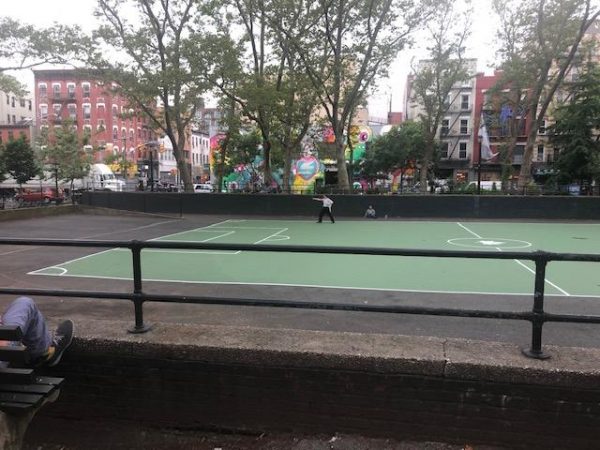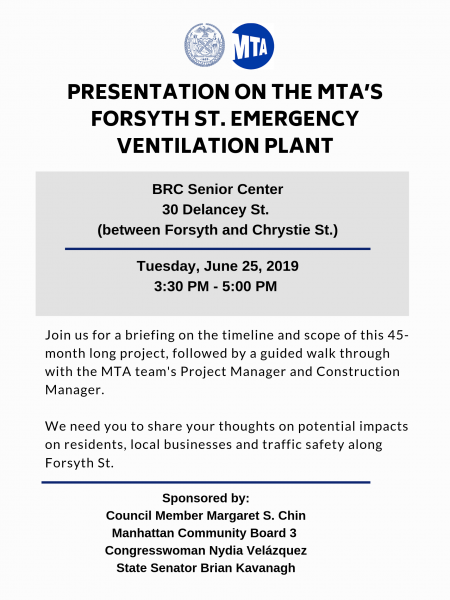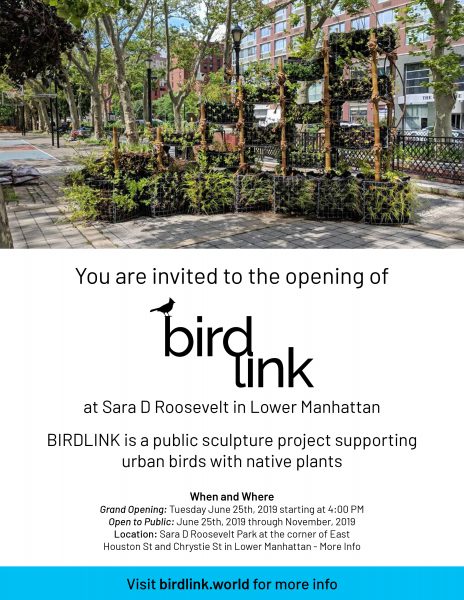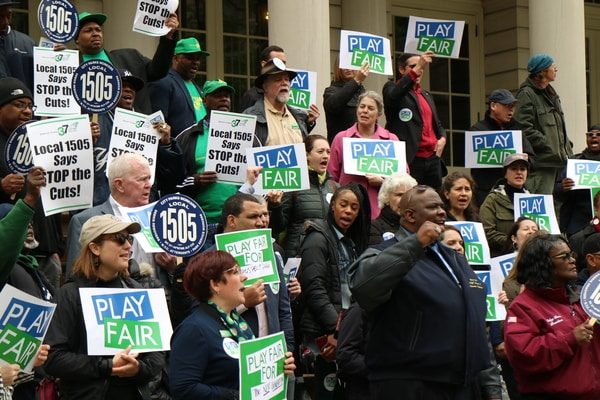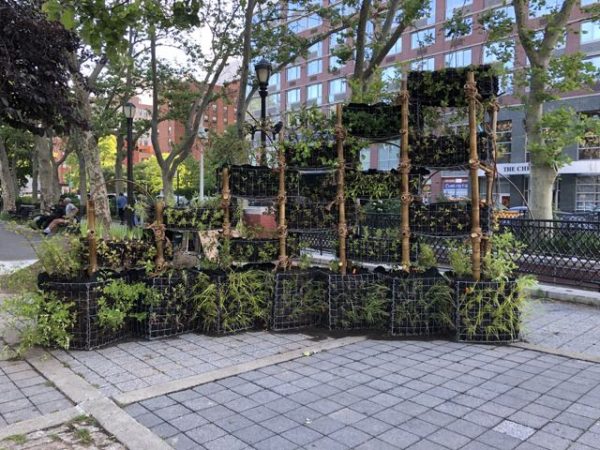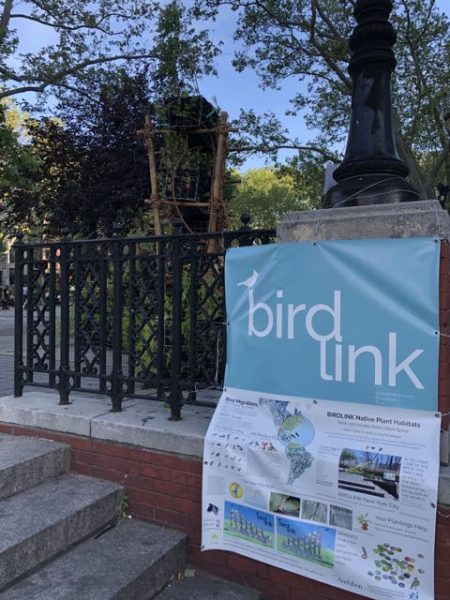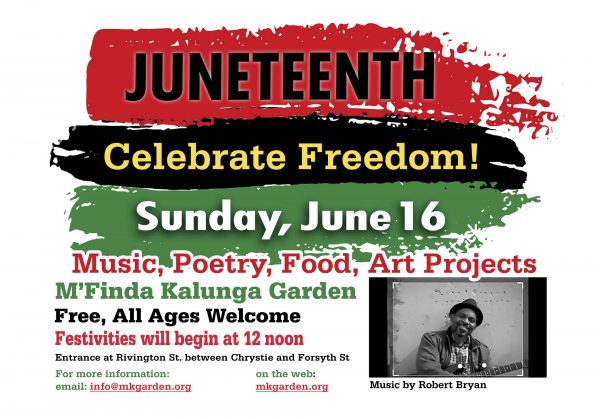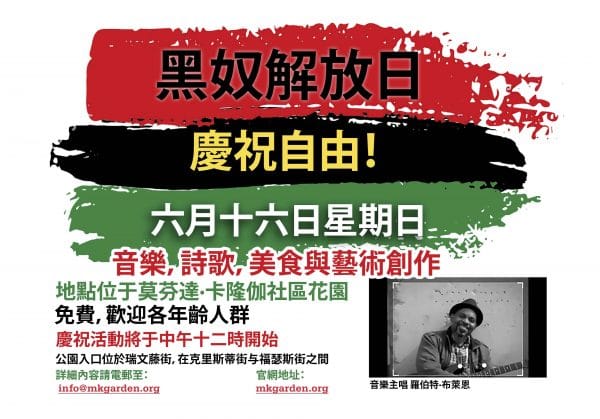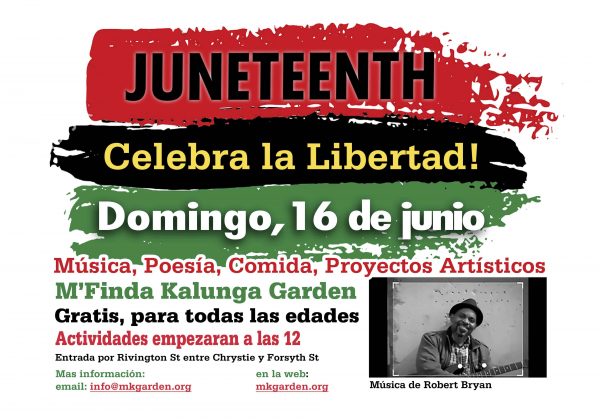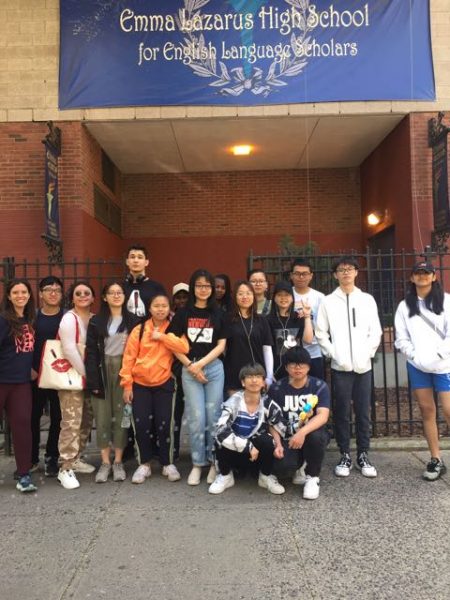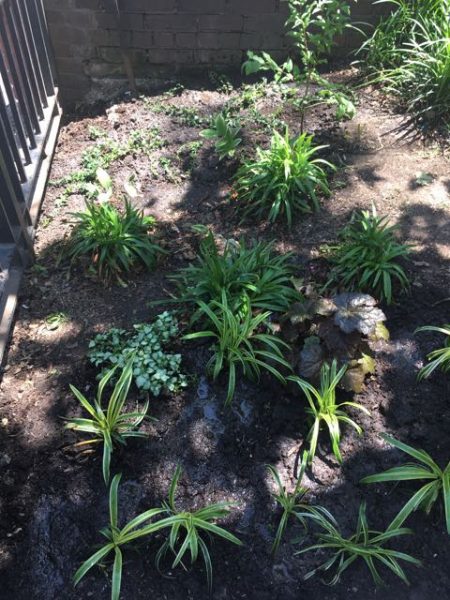Juneteenth and Reparations
From VANN R. NEWKIRK II
Juneteenth Returns to Its Roots
“Memory, however, is powerful enough to expose myth. And memory is the purpose of Juneteenth. “
“In 2019, Juneteenth will be celebrated as emancipation was in the old days: with calls for reparations. As the country marks 154 years since news of the end of slavery belatedly came to Texas, the House Judiciary Committee will hold a hearing on the subject of reparations for black Americans. It is a watershed moment in the larger debate over American policy and memory with regard to an enduring sin…”
“…Its spread from Texas to the rest of the United States accelerated in the wake of the assassination of Martin Luther King Jr., as a sort of home-going for King and other victims of white-supremacist violence, fusing sorrow and jubilation…”
“…For Du Bois, the path to a full liberation included restitution, land redistribution, the guarantee of a quality education, and positive and proactive protections for civil rights for the formerly enslaved and their descendants. Until those goals were achieved, he predicted, black Americans would be consigned to an unsteady state of second-class citizenship that would always tend toward oblivion. To Du Bois, if true material equality could not be enforced and racial hegemony smashed even by might of victorious arms, then it was proof that white supremacy would always have the power to escape any cage placed around it. Securing reparations, and a companion package of reforms that actually siphoned power from white elites and gave it to black laborers, was not just a practical necessity, but a moral test…”

